The Science Behind Earth - Series 1: Inferno

Table of Contents
Plate Tectonics: The Foundation of Volcanic Activity
Volcanic activity is inextricably linked to plate tectonics, the theory describing Earth's lithosphere as a patchwork of moving plates. These plates, constantly shifting, interact at their boundaries, creating zones of intense geological activity, including volcanoes. Understanding these interactions is key to comprehending the distribution of volcanoes across the globe.
There are three main types of plate boundaries:
- Convergent boundaries: Where plates collide. Subduction zones, where one plate dives beneath another, are particularly volcanically active. The immense pressure and heat generate magma, which rises to the surface, forming volcanic arcs like the Ring of Fire encircling the Pacific Ocean.
- Divergent boundaries: Where plates move apart. Mid-ocean ridges, like the Mid-Atlantic Ridge, are classic examples. Magma rises to fill the gap created by the separating plates, leading to underwater volcanic activity and the formation of new oceanic crust.
- Transform boundaries: Where plates slide past each other. While less directly associated with volcanism than convergent and divergent boundaries, frictional forces can trigger seismic activity, sometimes influencing nearby volcanic systems.
Bullet points summarizing key aspects of plate tectonics and volcanism:
- Subduction zones: The collision of oceanic and continental plates creates deep ocean trenches and volcanic arcs.
- Mid-ocean ridges: Seafloor spreading at divergent boundaries generates vast underwater volcanic mountain ranges.
- Hotspots: Intraplate volcanism, like the Hawaiian Islands, results from plumes of magma rising from deep within the mantle.
Magma Generation: From the Mantle to the Surface
The fiery heart of a volcano is magma, molten rock generated within Earth's mantle. Several factors influence magma formation, including temperature, pressure, and water content. Increased temperature reduces the melting point of mantle rock, while decreased pressure allows for decompression melting, a crucial process at mid-ocean ridges. The presence of water, acting as a flux, lowers the melting point even further, crucial for magma generation at subduction zones.
The composition of magma determines its viscosity and gas content, both critical in defining eruption styles. Three main types of magma exist:
- Basaltic magma: Low in silica, relatively fluid, leading to effusive eruptions with lava flows.
- Andesitic magma: Intermediate in silica content, moderately viscous, resulting in a mixture of effusive and explosive eruptions.
- Rhyolitic magma: High in silica, very viscous, prone to highly explosive eruptions.
Bullet points summarizing magma generation:
- Decompression melting: Pressure reduction at mid-ocean ridges leads to magma formation.
- Flux melting: Water released from subducting plates lowers the melting point of the mantle.
- Volatiles: Dissolved gases in magma influence its explosivity.
Volcanic Eruption Styles: Explosive vs. Effusive
Volcanic eruptions vary dramatically in style, ranging from gentle lava flows to catastrophic explosions. The eruption style is largely determined by the magma's viscosity and gas content.
Effusive eruptions: Characterized by the relatively peaceful outpouring of low-viscosity lava. Examples include the shield volcanoes of Hawaii, formed by successive lava flows. While less immediately destructive than explosive eruptions, lava flows can still cause significant damage to property and infrastructure.
Explosive eruptions: Involve the violent ejection of magma, ash, and gases. High-viscosity magma traps gases, building pressure until a catastrophic release occurs, often resulting in pyroclastic flows – fast-moving currents of hot gas and volcanic debris – and ash clouds that can disrupt air travel and cause respiratory problems over vast distances. Examples include the devastating eruptions of Mount Vesuvius and Mount St. Helens.
Bullet points summarizing eruption styles and their hazards:
- Lava flows: Relatively slow-moving but can cover large areas.
- Pyroclastic flows: Fast-moving currents of hot gas and debris, extremely hazardous.
- Ash clouds: Can cause respiratory problems, disrupt air travel, and have global climatic effects.
Monitoring Volcanic Activity: Predicting Eruptions
Predicting volcanic eruptions is a complex but crucial task, requiring sophisticated monitoring techniques. Scientists employ various methods to track changes in volcanic activity that may signal an impending eruption:
- Seismic monitoring: Detecting changes in earthquake frequency and intensity.
- Ground deformation: Measuring changes in the shape of the volcano using GPS and InSAR (Interferometric Synthetic Aperture Radar). Inflation of the volcano indicates magma movement.
- Gas emissions: Analyzing the composition and amount of gases released from the volcano, providing insight into magma movement and pressure buildup.
Technological advancements have significantly improved volcano monitoring capabilities. Sophisticated sensor networks, satellite imagery, and data analysis techniques allow scientists to provide early warnings, helping communities prepare and evacuate when necessary.
Bullet points summarizing monitoring techniques:
- Seismic monitoring networks: Detect subtle changes in seismic activity.
- GPS and InSAR: Measure ground deformation, indicating magma movement.
- Gas analysis: Provides early warning signs of increased volcanic activity.
Understanding the Inferno: A Journey into Earth's Processes
This exploration of "The Science Behind Earth - Series 1: Inferno" has highlighted the interconnectedness of plate tectonics, magma generation, eruption styles, and monitoring techniques in understanding volcanic activity. Comprehending these processes is vital for mitigating volcanic hazards and ensuring societal preparedness. Understanding the science behind Earth's volcanic fury allows us to better appreciate the immense power and beauty of our planet.
Continue your exploration of 'The Science Behind Earth' to understand the incredible power and beauty of our planet's inner inferno. Stay tuned for Series 2, where we will delve into another fascinating aspect of our planet's dynamic systems!

Featured Posts
-
 Bar Roma Toronto A Blog To Guide
May 13, 2025
Bar Roma Toronto A Blog To Guide
May 13, 2025 -
 Eintracht Braunschweig Vs Hannover 96 Jannes Horns Weg Zwischen Den Rivalen
May 13, 2025
Eintracht Braunschweig Vs Hannover 96 Jannes Horns Weg Zwischen Den Rivalen
May 13, 2025 -
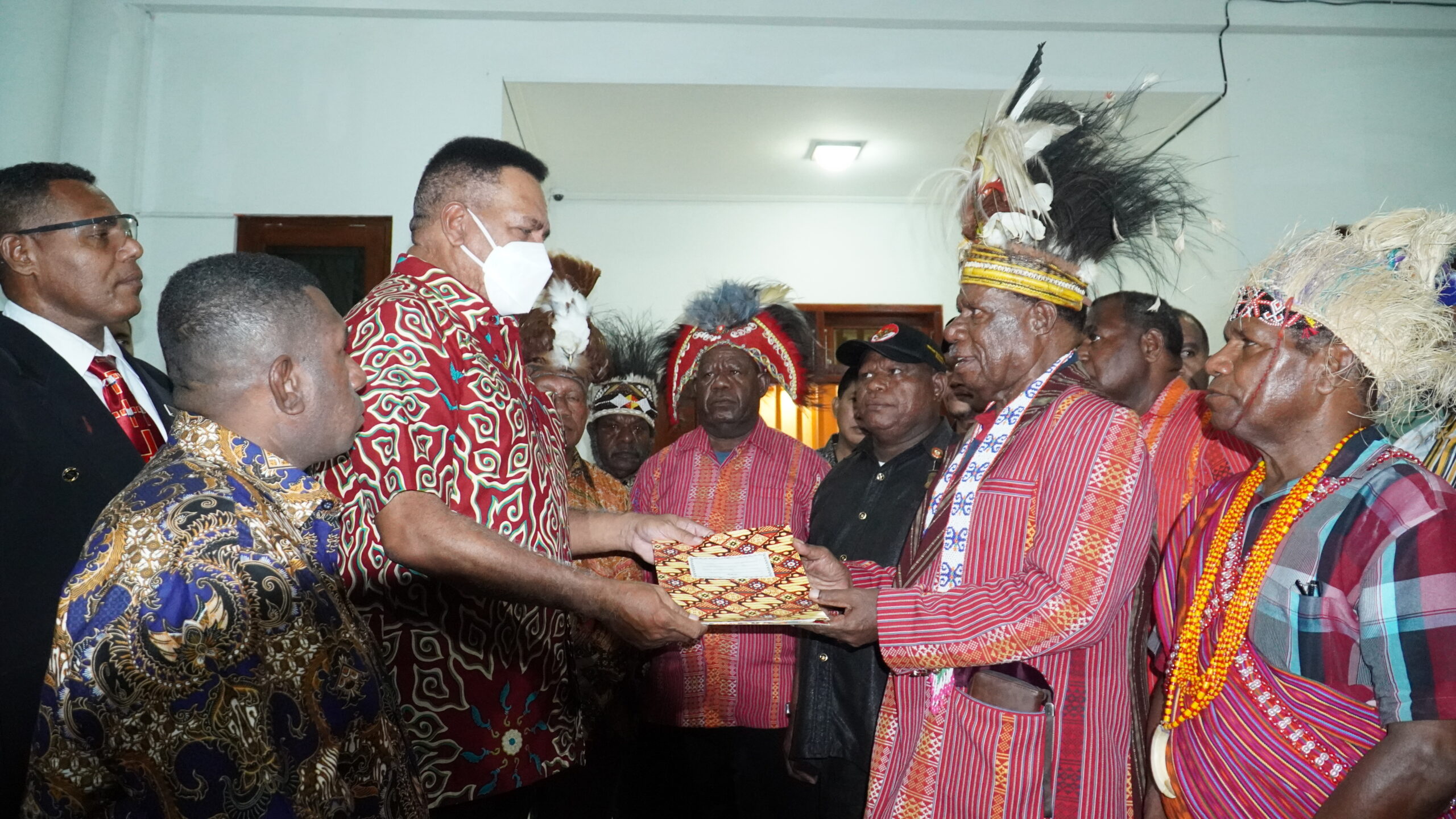 Persipura Butuh Kamu Dukungan Masyarakat Papua Sangat Penting
May 13, 2025
Persipura Butuh Kamu Dukungan Masyarakat Papua Sangat Penting
May 13, 2025 -
 Befolyasolja E Di Caprio Gazsija A Filmek Koeltsegveteset Es A Mozik Sikeret
May 13, 2025
Befolyasolja E Di Caprio Gazsija A Filmek Koeltsegveteset Es A Mozik Sikeret
May 13, 2025 -
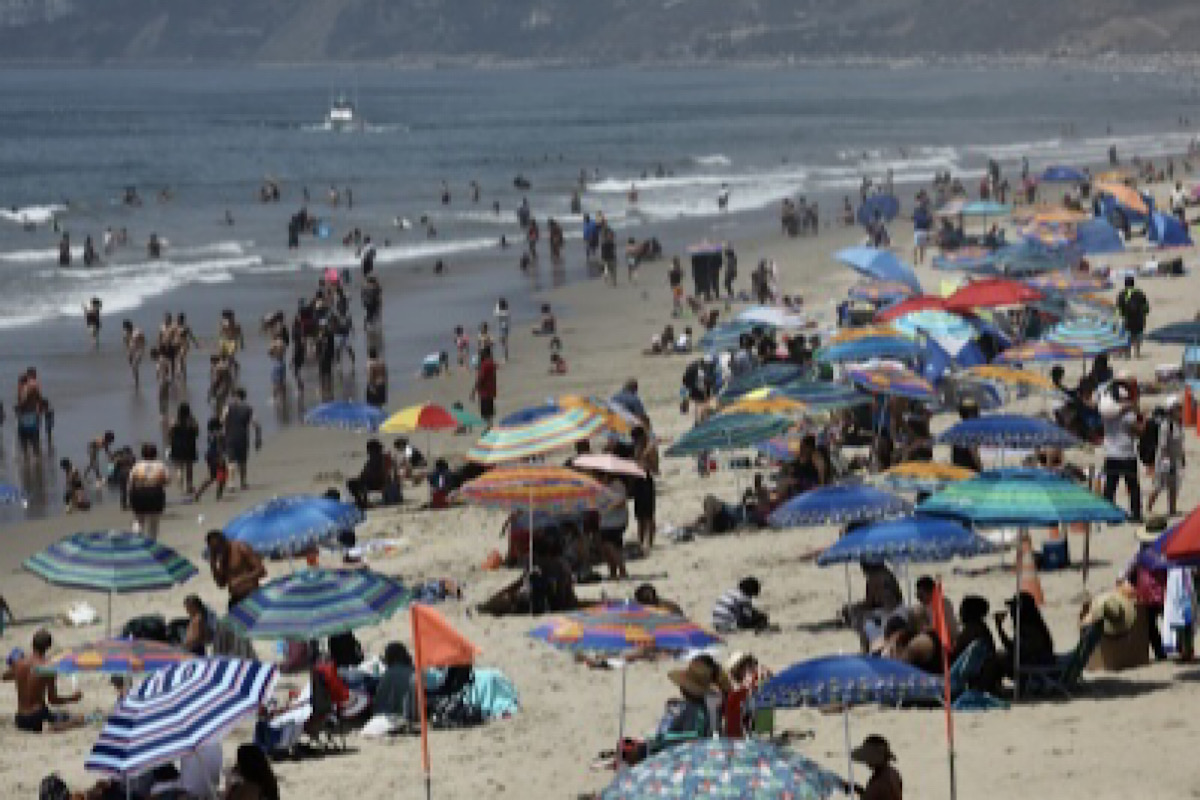 Mini Heat Wave Expected In Southern California This Weekend A Detailed Forecast
May 13, 2025
Mini Heat Wave Expected In Southern California This Weekend A Detailed Forecast
May 13, 2025
Latest Posts
-
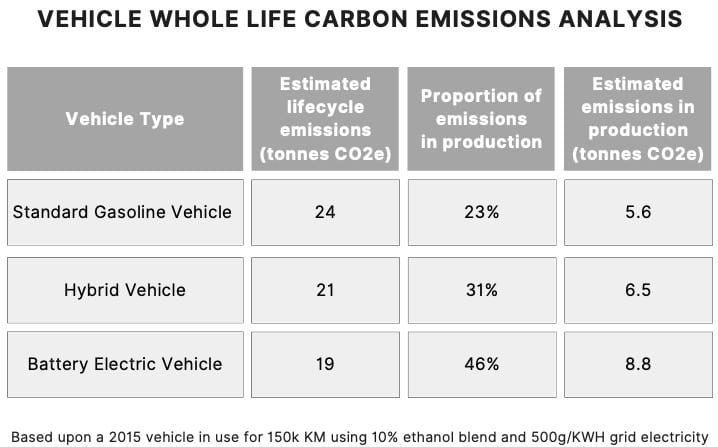 Case Study Addendum Byds Leadership In Electric Vehicle Battery Production
May 13, 2025
Case Study Addendum Byds Leadership In Electric Vehicle Battery Production
May 13, 2025 -
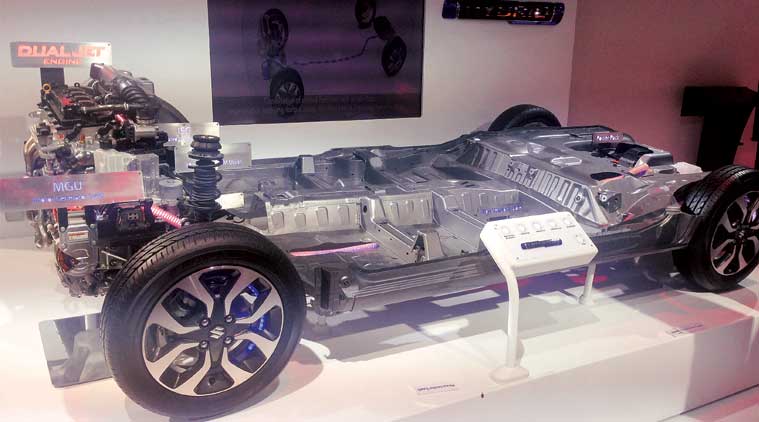 The Shift In Brazil Byds Electric Vehicle Push And Fords Retreat
May 13, 2025
The Shift In Brazil Byds Electric Vehicle Push And Fords Retreat
May 13, 2025 -
 Brazilian Ev Market Byds Expansion And Fords Shrinking Footprint
May 13, 2025
Brazilian Ev Market Byds Expansion And Fords Shrinking Footprint
May 13, 2025 -
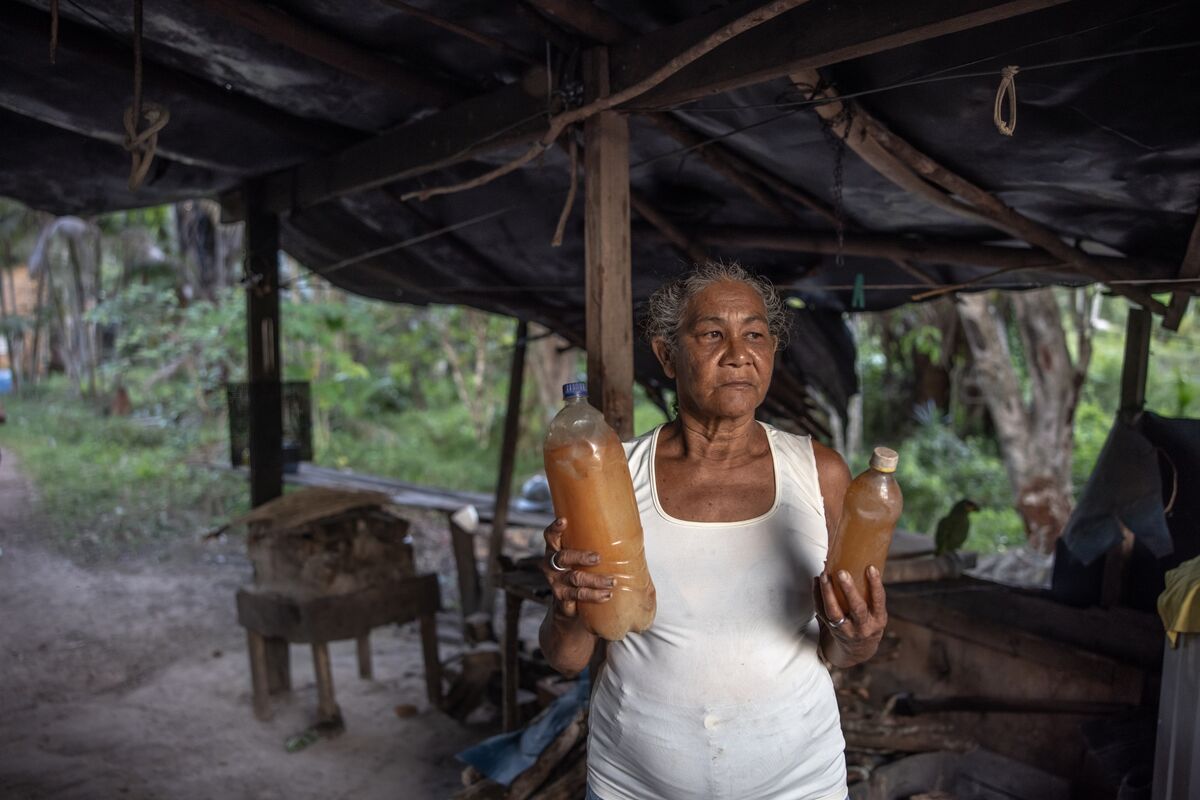 Chinas Byd Challenges Fords Waning Influence In Brazils Ev Market
May 13, 2025
Chinas Byd Challenges Fords Waning Influence In Brazils Ev Market
May 13, 2025 -
 Byds Rise Fords Decline And The Future Of Evs In Brazil
May 13, 2025
Byds Rise Fords Decline And The Future Of Evs In Brazil
May 13, 2025
